Well-known doomsday scares that changed history
Throughout history, humans have been fascinated by the idea of the apocalypse. From ancient prophecies to modern theories, every era seems to have its own version of doomsday.
The allure of predicting the end has captivated many, whether through religious beliefs, scientific fears, or cultural phenomena. It’s a topic that, while often chilling, also brings out the creativity and imagination in people.
The Great Fire of London and the End of Days
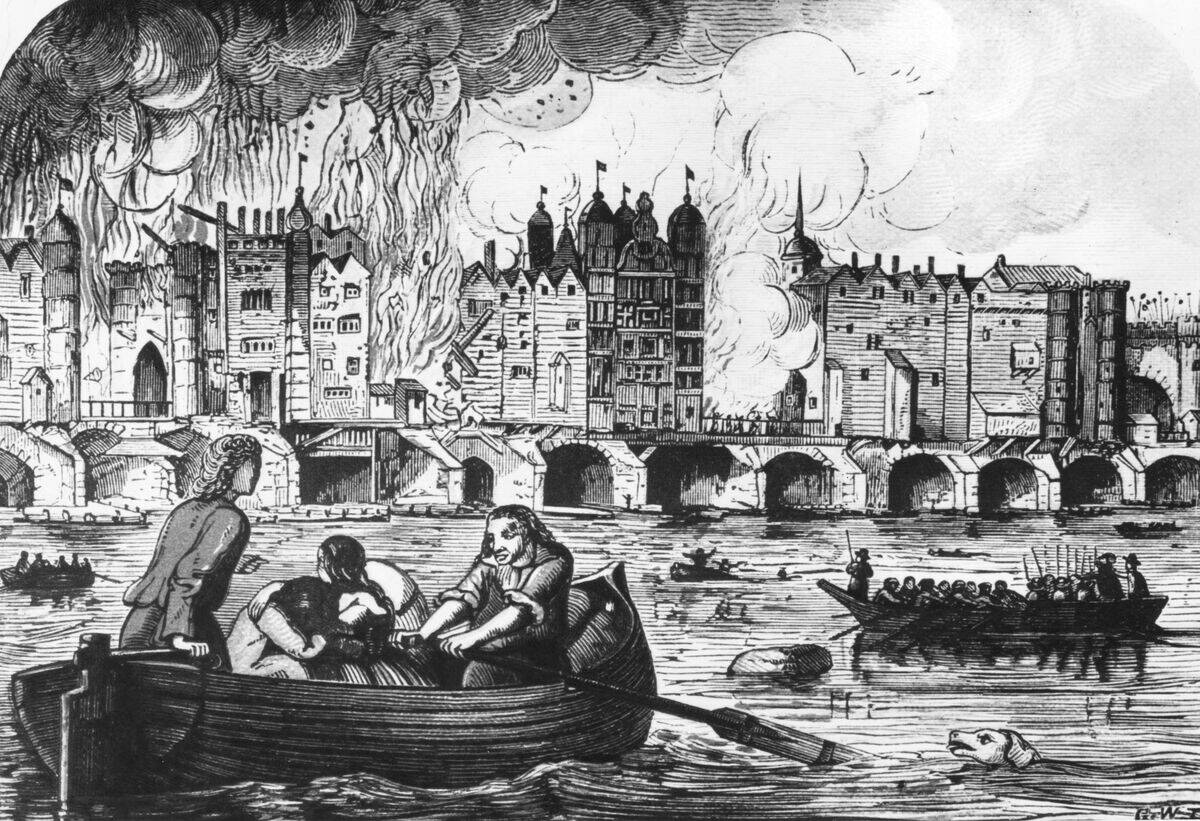
In 1666, the Great Fire of London raged for four days, destroying much of the city. Many saw this as a sign of the apocalypse, especially given the year’s ominous ‘666’ association with the devil.
The fire started in a bakery on Pudding Lane and consumed over 13,000 buildings and tens of thousands of homes. Despite the devastation, only a few people perished, which was remarkable considering the scale of the disaster.
The Millerites and the Great Disappointment of 1844
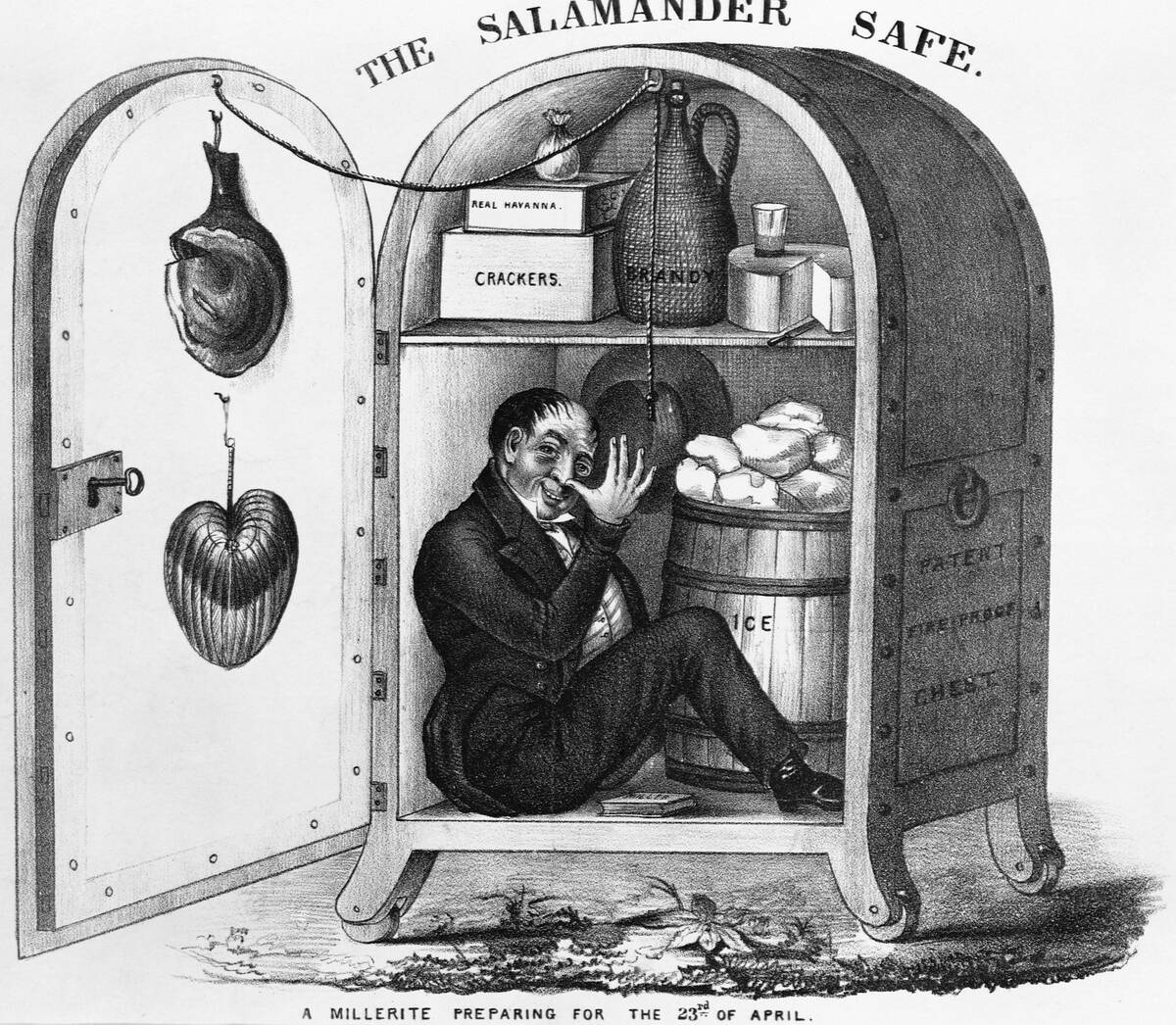
In the 19th century, William Miller predicted Christ would return in 1844, causing what became known as the Millerite movement.
Thousands sold possessions and prepared for the end, only to be met with what is now called the Great Disappointment. This event highlighted the dangers of date-setting for apocalyptic events and the emotional toll when such predictions fail to materialize.
The Mayan Calendar and the 2012 Phenomenon
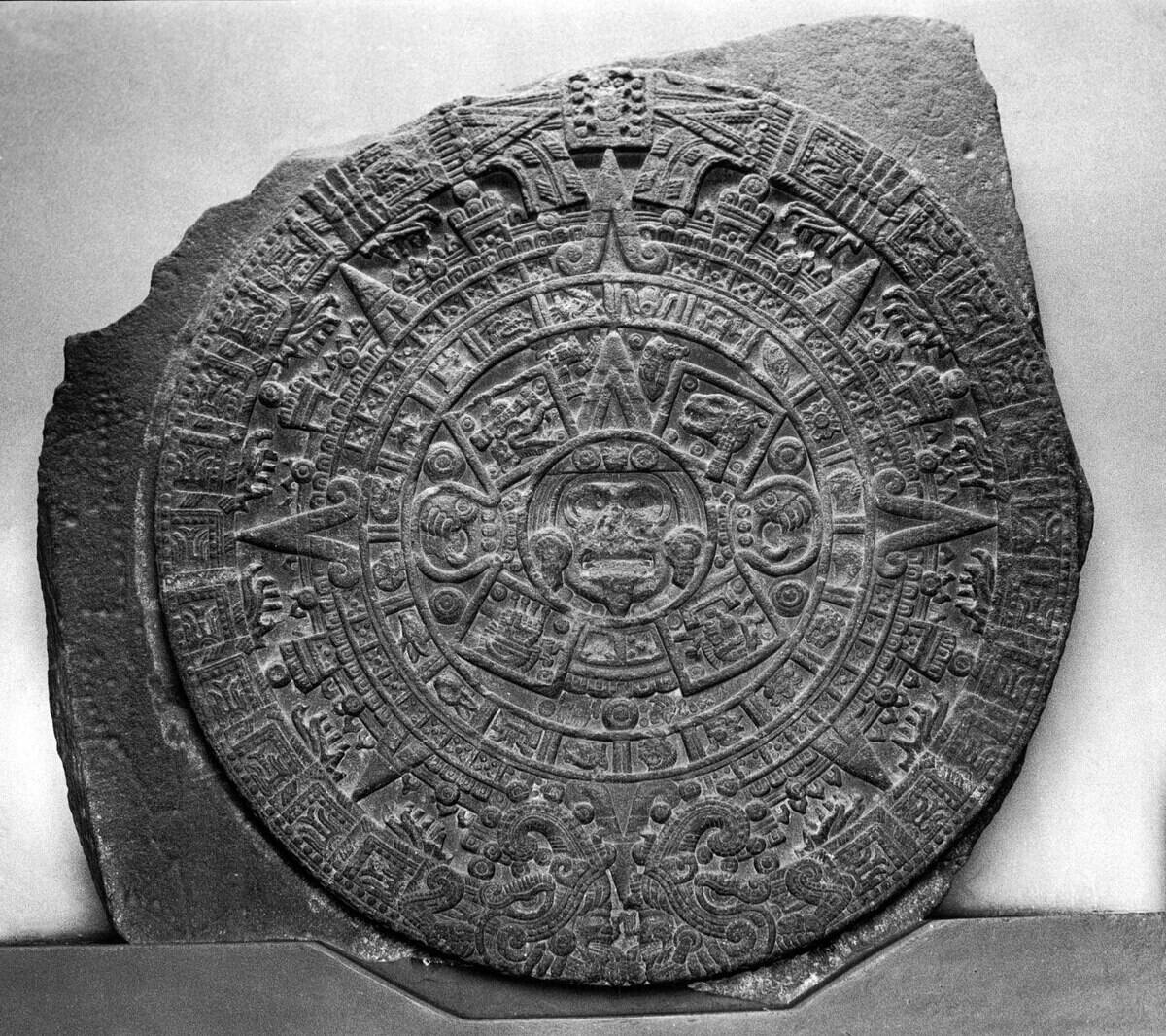
The end of the Mayan calendar on December 21, 2012, sparked widespread doomsday predictions. Many believed it signaled an apocalyptic event, but experts clarified it was simply the end of a cycle.
The hype around 2012 led to books, documentaries, and even a blockbuster film, demonstrating how cultural interpretations can generate global fascination and fear.
Halley’s Comet: A Fiery Doom in 1910?
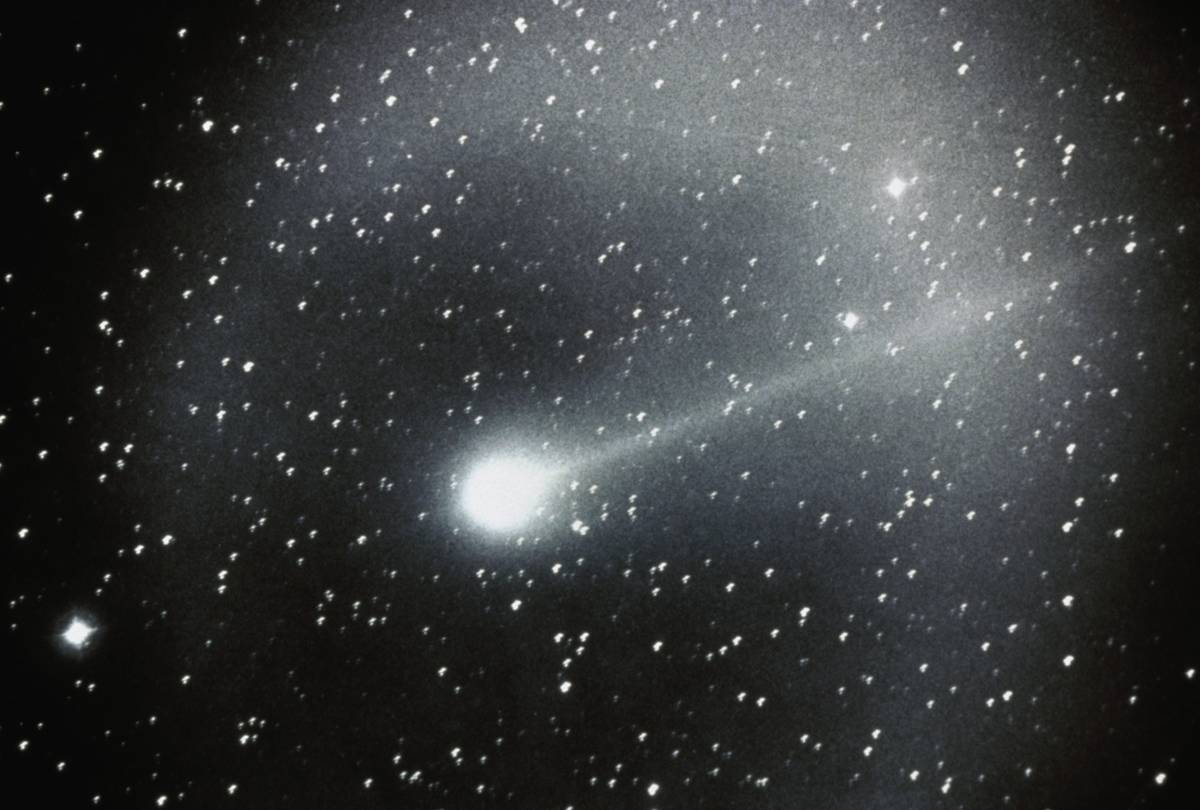
When Halley’s Comet passed Earth in 1910, panic ensued, fueled by rumors of a poisonous gas in its tail.
Newspapers sensationalized the event, and people bought ‘comet pills’ for protection. In reality, the comet passed harmlessly, but the incident showcased how astronomical events can spark fear and misinformation.
The Cold War and Nuclear Armageddon Fears
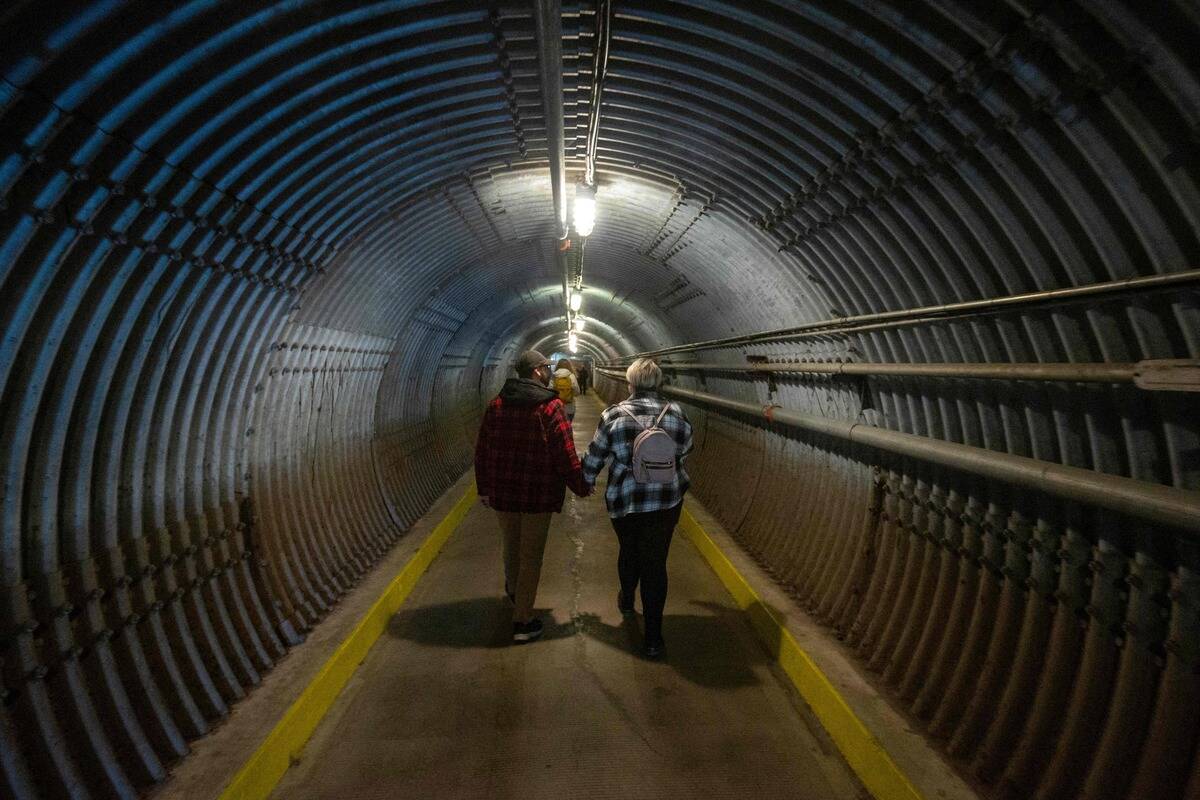
During the Cold War, the threat of nuclear war loomed large, leading to widespread fear of armageddon. Governments built bunkers, and citizens practiced duck-and-cover drills.
The Cuban Missile Crisis brought the world close to nuclear conflict, but diplomacy prevailed. This period highlights how geopolitical tensions can amplify doomsday fears.
Nostradamus and His Cryptic Predictions

Nostradamus, a 16th-century seer, is famous for his cryptic quatrains predicting future events. His vague language allows for various interpretations, fueling belief in his prophecies.
Despite many claims of accuracy, skeptics argue that his predictions are too obscure to be meaningful. Nostradamus remains a cultural icon in discussions of prophecy.
Harold Camping’s Rapture Predictions
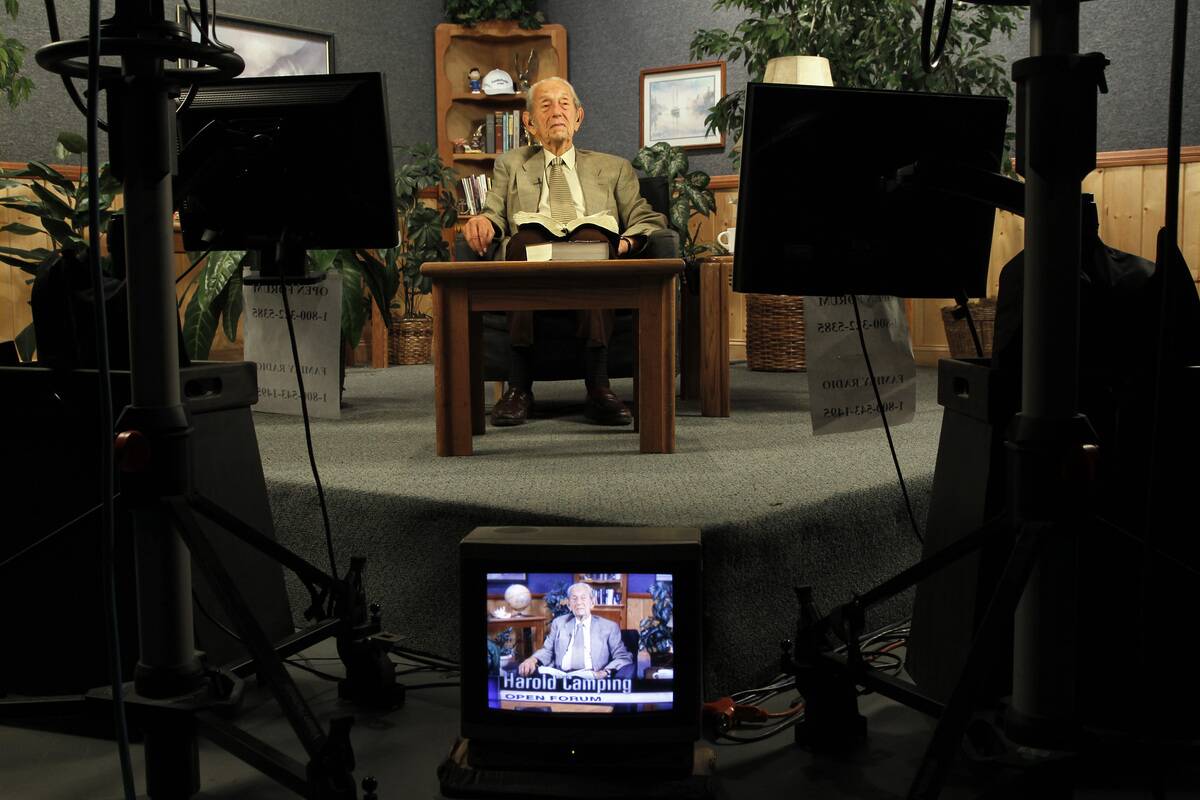
Radio broadcaster Harold Camping predicted the Rapture would occur on May 21, 2011. Followers spent vast sums spreading the message, anticipating their ascension to Heaven.
When the day passed uneventfully, Camping revised his calculations, but the second date also failed. This episode illustrates the pitfalls of predicting specific dates for divine events.
Planet X and the Nibiru Cataclysm
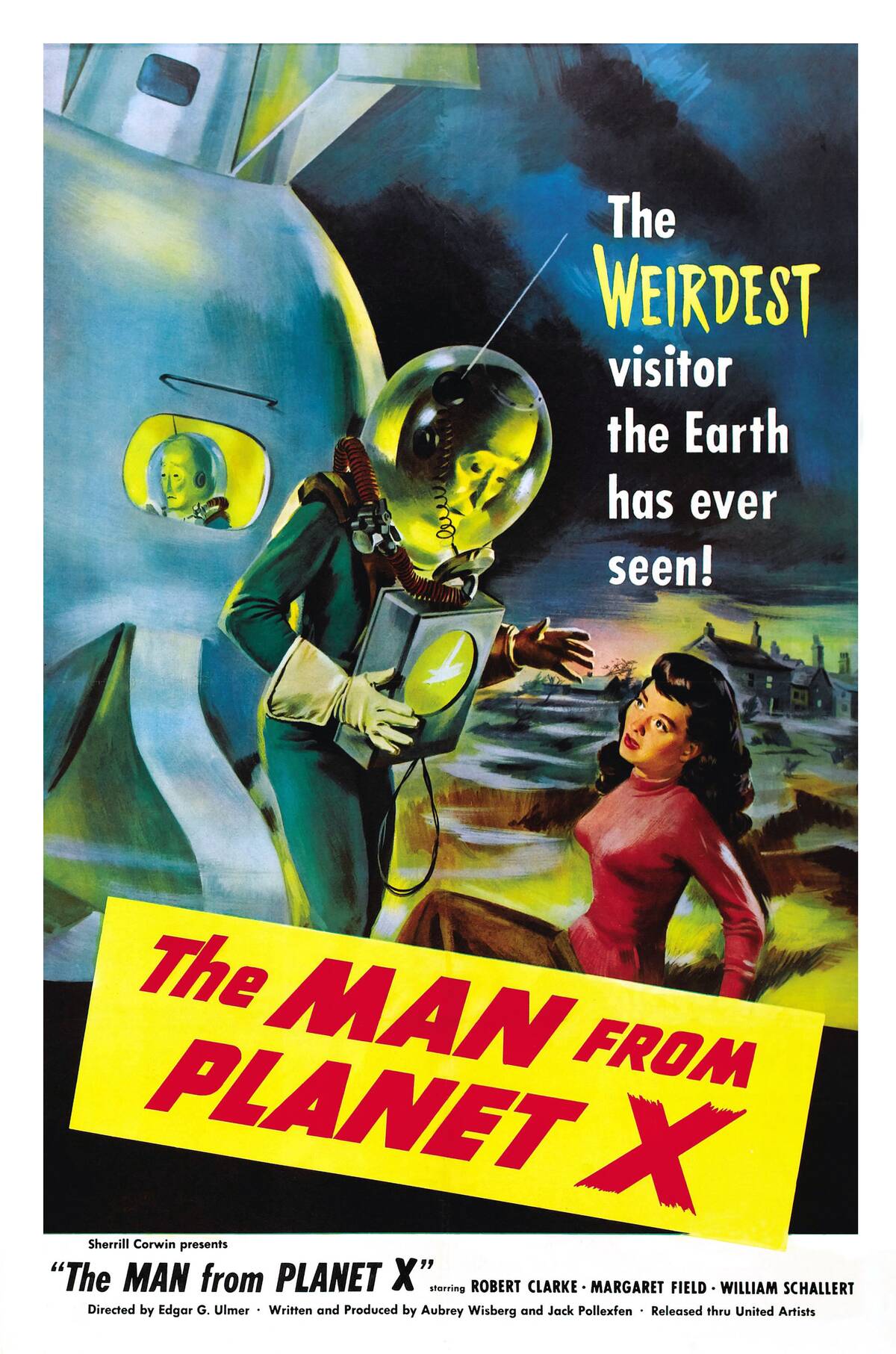
The Nibiru cataclysm theory posits a rogue planet, Planet X, colliding with Earth. Despite predictions for its arrival in 2003, and later 2012, no evidence of such a planet exists.
NASA has repeatedly debunked the theory, yet it persists in some circles, demonstrating the enduring appeal of celestial doomsday scenarios.
The Blood Moon Prophecy: Celestial Concerns
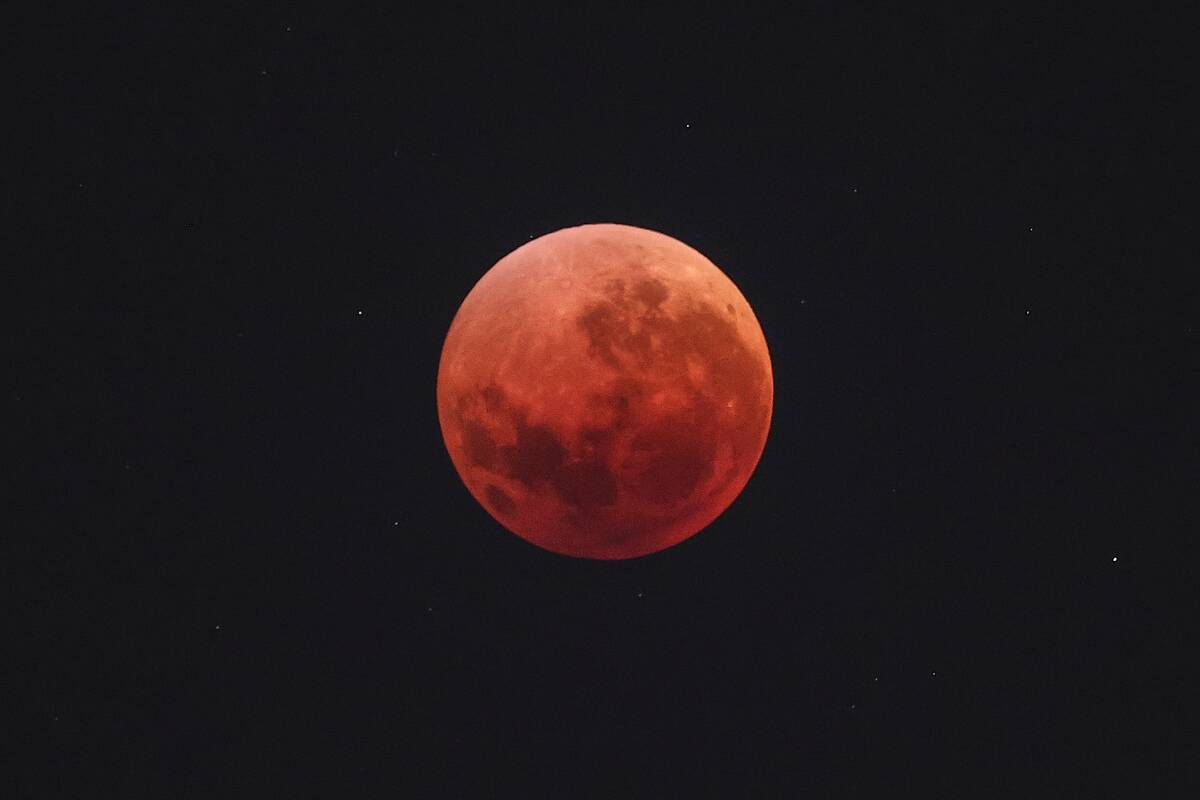
The Blood Moon Prophecy linked a series of lunar eclipses to biblical prophecy, suggesting apocalyptic events. Prominent figures like John Hagee popularized the idea, yet no calamities occurred.
Astronomers explain that blood moons are natural phenomena, not harbingers of doom. This prophecy highlights how celestial events can be misinterpreted through religious lenses.
The Black Hole at CERN: A Collider of Concerns
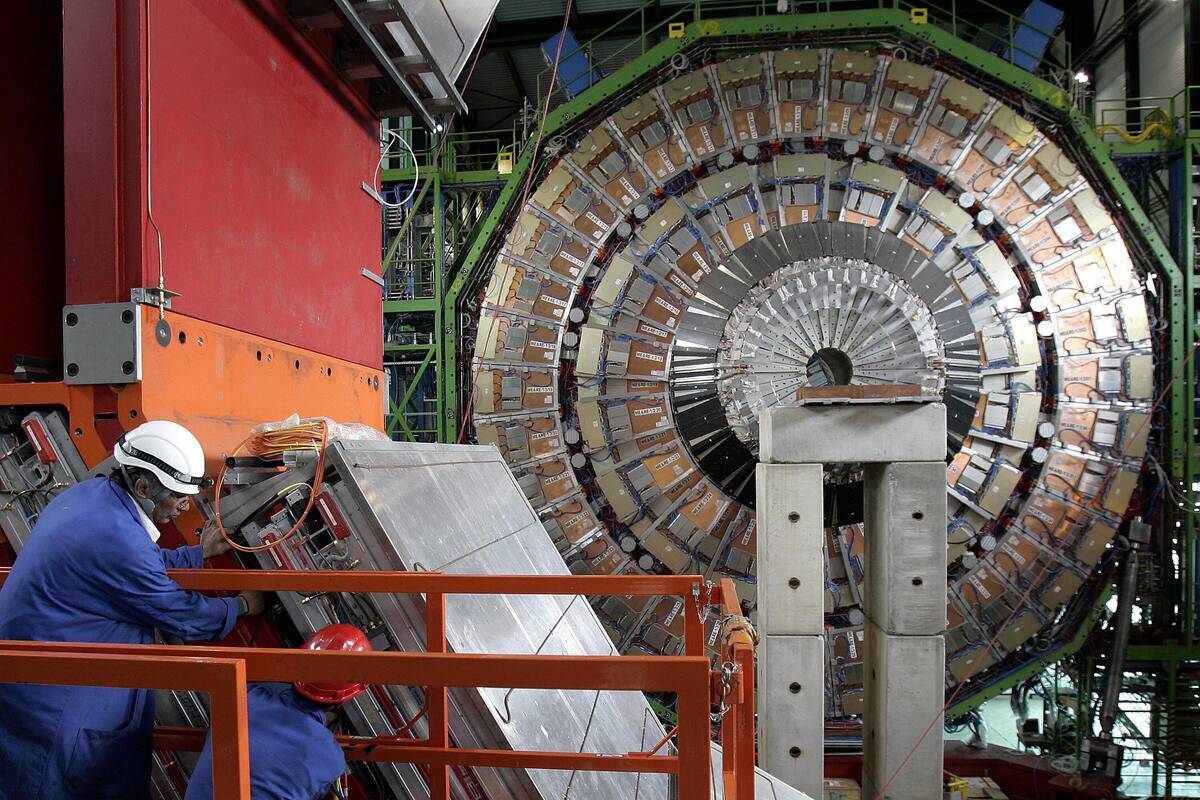
When CERN’s Large Hadron Collider was set to launch, fears arose that it might create a black hole, swallowing Earth. Scientists assured the public that such an event was impossible.
The collider successfully performed its experiments without incident, focusing on particle physics rather than planetary doom. This case underscores the anxiety that can accompany scientific advancement.
The Jupiter Effect of 1982: A Planetary Parade of Panic
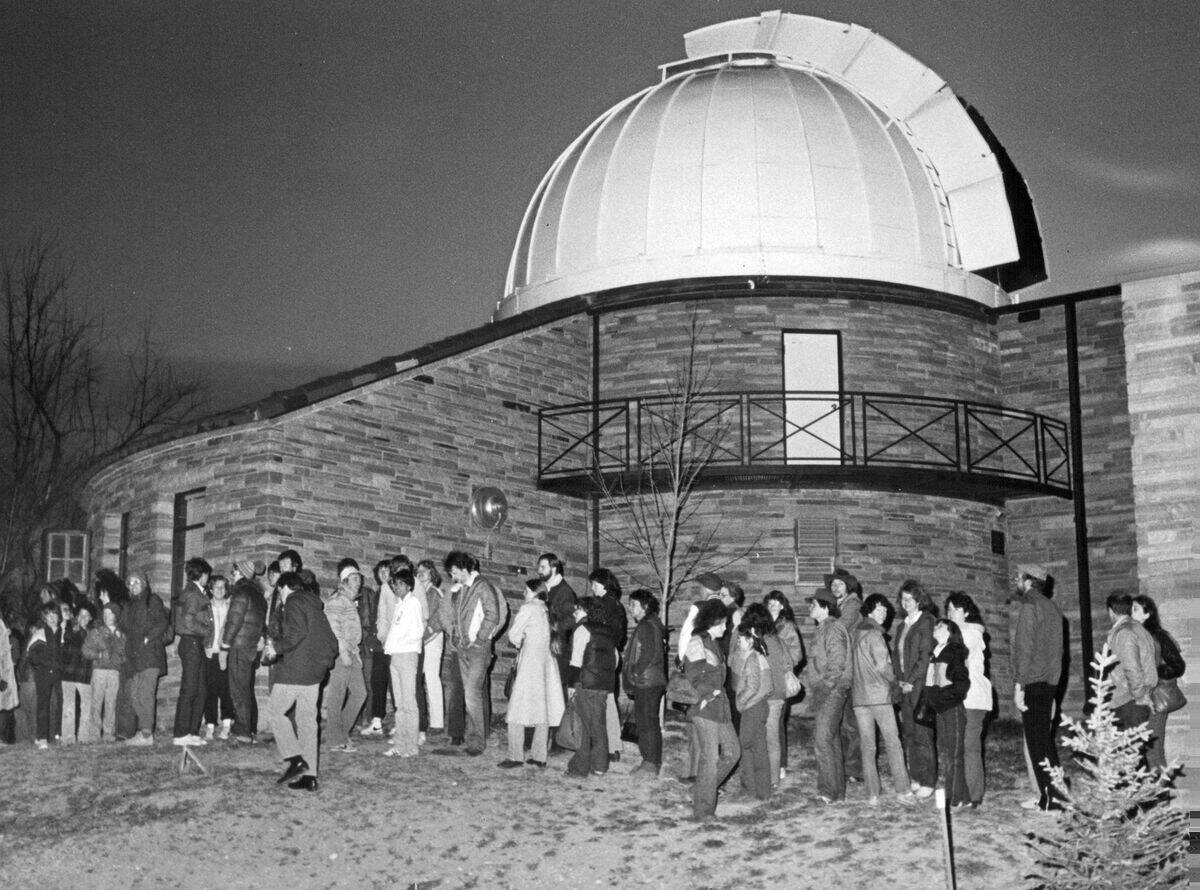
The Jupiter Effect predicted that planetary alignment in 1982 would cause catastrophic earthquakes. Authors John Gribbin and Stephen Plagemann’s book fueled public concern, despite scientists debunking the theory.
When the date arrived, no such disasters occurred, reminding us that even scientific-sounding predictions can be misleading.
Y2K: The Millennium Bug That Wasn’t

As the year 2000 approached, fears about the Y2K bug loomed large. Concerns arose that computers would fail to transition from 1999 to 2000, causing global chaos.
Governments and companies spent billions on preventive measures, but when the clock struck midnight, the world didn’t grind to a halt. The Y2K panic serves as a reminder of how technology fears can spiral.
The Zombie Apocalypse: Pop Culture’s Favorite Doomsday
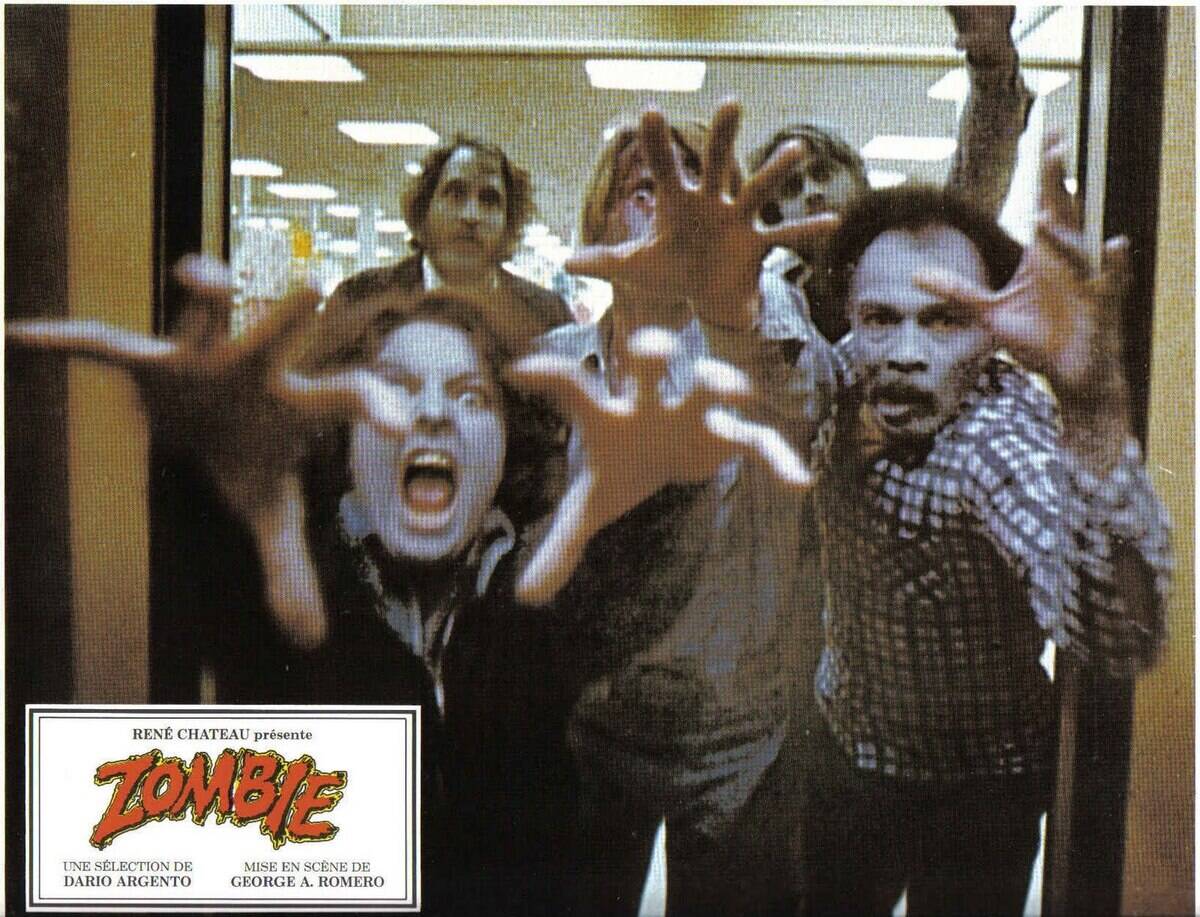
The idea of a zombie apocalypse has captured the public imagination, thanks to movies, TV shows, and books. While scientifically improbable, this scenario allows exploration of human survival instincts and societal collapse.
It’s a testament to our fascination with end-of-the-world scenarios, providing both entertainment and a safe space to explore existential fears.



